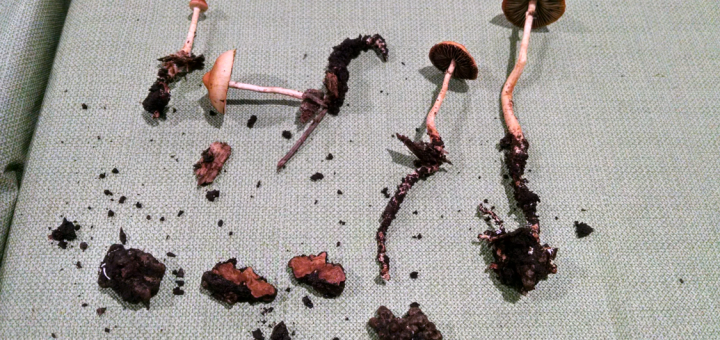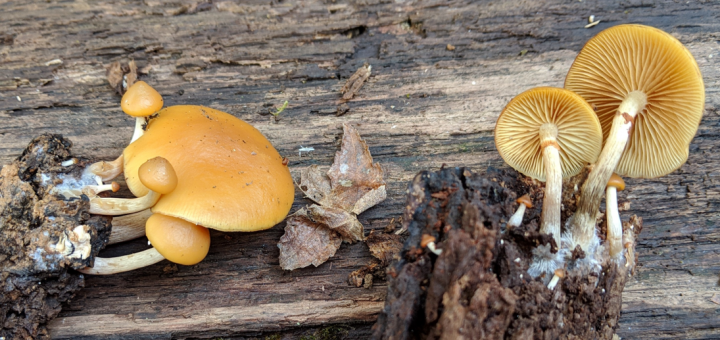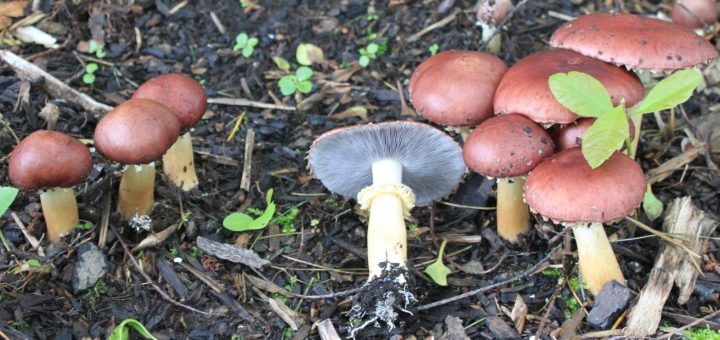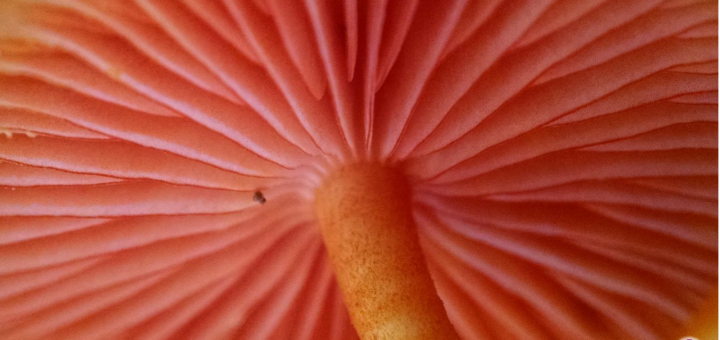#231: Hypholoma tuberosum
I first saw this mushroom in 2017 at a foray in Pennsylvania. There wasn’t much out, so six of us spent a lot of time trying to identify these little brown mushrooms growing in mulch right outside the foray center. We ruled out everything in our keys and couldn’t nail down the species until we found sclerotia growing below the mushrooms. As it turns out, the sclerotia are the only interesting feature of these LBMs. Brown cap, brown stalk, dark spores, small, growing in mulch – this description could apply to hundreds of mushrooms until you get into the nitty-gritty details. Fortunately, you can easily separate these mushrooms from similar ones by looking for the sclerotia.











![#011: Characteristics of Kingdom Fungi [Archived]](https://www.fungusfactfriday.com/wp-content/themes/hueman/assets/front/img/thumb-small-empty.png)
